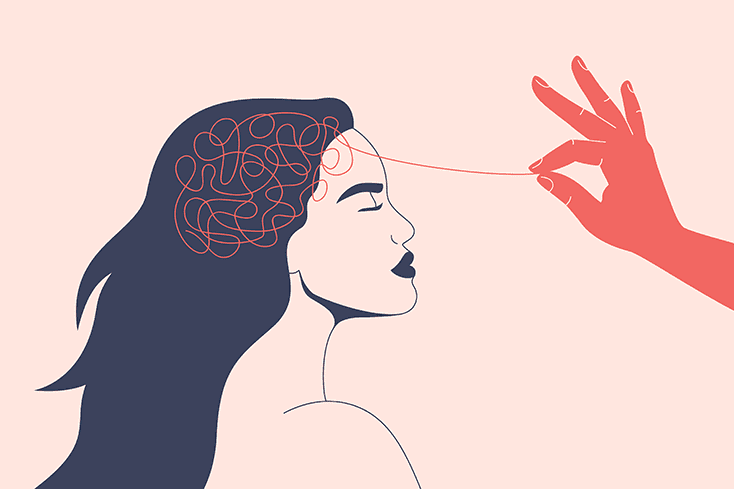
I used to experience bizarre, scary and even offensive visuals that told me an anxiety attack was coming. Most of the time, they started small and then got bigger. For example, when I was working at a school, a papier-mâché turkey took flight off the shelf in front of me. Often, when I was walking, I saw water rising around me almost covering my mouth and drowning me. While making dinner, I even saw a knife turn into a weapon and cut out my intestines.
I’m not sure exactly when these visuals started. I have dealt with severe anxiety for nearly 20 years. When I got my first permanent job as a teacher in 2008, my anxiety became debilitating. I tried a variety of techniques to address my symptoms. I was prescribed two anti-anxiety medications, which did make some difference, but I continued to struggle. One holistic practitioner instructed me to take off my shoes and rub my feet on the floor to help ground me in the present. I understood how this exercise might be relaxing for some, but it didn’t help me. Nothing I tried really helped until I started Time Line Therapy.
I Needed New Tools to Deal with Old Habits
While trying to cope with my anxiety, I had the most success with mindfulness and exploring prayer and perseverance. I mediated on scripture and found comfort in its truth — and I often began my days clear-minded. However, during my morning commute, my anxieties would creep up again. When my symptoms escalated to an anxiety attack, I would struggle for the entire day. I would go home and watch TV, hoping that I would find relief.
After years of struggle, I knew I needed to pursue other treatment options. One of my best friends from the east coast introduced me to Time Line Therapy (TLT), an approach that encourages a patient to explore their past experience and surrender negative emotions linked to their history. If successful, TLT allows people to transform their internal programming and move past their limiting beliefs.
My friend raved about this method for a long time, and I saw powerful changes in her when she began TLT. As she addressed her own mental health with this method, her emotional well-being improved. I also noticed that she became more articulate, and her thinking became more complex. I hoped to see a similar transformation in myself, so I decided to give TLT a shot.
Learning the Art of Self-Love
The goal of TLT, I learned, is to heal at the unconscious level. It begins, however, with conscious, intentional work to determine underlying pain. Prior to my sessions, through deep self-reflection, I realized that I was lacking self-love. During our sessions, I would follow cues from my therapist and close my eyes to imagine a timeline of my life over my head, going back to before I was born and extending into my future.
I would revisit memories (and imagine myself hovering above a point on my timeline) in which I did not feel self-love. Then, I would describe these specific memories to my therapist, who would, in turn, guide me to “release” this lack of self-love and the negative feelings it inspired. As I released this lack of self-love at various points on my timeline, my therapist and I would review what I learned from each memory. These lessons, which we call “learnings” have become mantras I can repeat in times of anxiety and crisis.
Time Line Therapy Has Been the Best Treatment for Me
During one episode of my anxiety, I was reminded of how far I’d come. As I was beginning to panic, my husband said, “You can do this. You know what to do. You got this.” I focused on his face — on his brown eyes, pools of melted milk chocolate — and his hands holding mine. Then I repeated my most recent mantra from TLT and I said to myself, “You are safe inside your body. You are safe outside your body.”
TLT has also taught me to calm and ground myself by envisioning calming scenes and safe interactions. One image that I return to daily (usually at work) is a column of light — wide enough to fit two people in it. That light is my higher power who I call God. My friend is with me, and I can see her face. It is at peace and beautiful. I focus on the sound of my breath and picture an ocean and its waves, crashing with the rhythm of my breath. It calms me. I hit my thigh and say to myself, “I am safe inside my body, I am safe outside my body.” I gently open my eyes and am ready to continue with work at the call site.
Now, when my negative visuals return, I am able to pause and repeat my mantras. From there, I can envision a calming scene and my anxiety lessens.
Prioritizing My Well-Being
While this therapy has given me transformative tools, I am also making changes in my work life to promote emotional well-being. Instead of interpreting my unsettling visuals as negative symptoms that will trigger strong anxiety attacks, I am choosing to understand them as my body telling me that I’m reaching my limits for the day — professionally and emotionally.
Now, I can better address my needs; I have been working a part-time schedule of 32 hours a week and pursuing work that I really love, which is tutoring. I’m grateful that I can work, and I’m also grateful that I can stop when I need to.
With the tools I have gained from Time Line Therapy, and my newfound ability to reduce the power of my visuals, I have hope for my future.
Lisa Rose Dyal has her master’s degree in English as a Second Language (ESL). She has worked as an ESL and Spanish teacher for about a decade. She has her own tutoring business and has participated in NAMI’s In Our Own Voice program. She lives with her husband in Seattle, Wa.

